Properties
| Storage Buffer | PBS pH7.4, 50% glycerol, 0.09% sodium azide *Storage buffer may change when conjugated |
| Storage Temperature | -20ºC, Conjugated antibodies should be stored according to the product label |
| Shipping Temperature | Blue Ice or 4ºC |
| Purification | Protein G Purified |
| Clonality | Monoclonal |
| Clone Number | N294A/6 (Formerly sold as S294A-6) |
| Isotype | IgG2b |
| Specificity | Detects ~140kDa (and smaller due to proteolytic cleavage). |
| Cite This Product | Brevican Antibody (StressMarq Biosciences | Victoria, BC CANADA, Catalog# SMC-428, RRID: AB_2701451) |
| Certificate of Analysis | 1 µg/ml of SMC-428 was sufficient for detection of Brevican in 20 µg of rat brain lysate by colorimetric immunoblot analysis using Goat anti-mouse IgG:HRP as the secondary antibody. |
Biological Description
| Alternative Names | Brevican, BCAN, BEHAB, CSPG7, Brain-enriched hyaluronan-binding protein, Brevican core protein, Brevican core protein isoform 1, Brevican core protein isoform 2, Brevican proteoglycan, Chondroitin sulfate proteoglycan 7, Chondroitin sulfate proteoglycan BEHAB, MGC13038 |
| Research Areas | Alzheimer's Disease, Cell Signaling, Neurodegeneration, Neuroscience, Scaffold Proteins |
| Cellular Localization | Extracellular Matrix, Extracellular Space, GPI-Anchor, Lipid-Anchor, Membrane |
| Accession Number | NP_001028837.1 |
| Gene ID | 25393 |
| Swiss Prot | P55068 |
| Scientific Background |
Brevican is the most abundant chondroitin sulfate proteoglycan (CSPG) in the adult brain’s extracellular matrix and a prominent member of the lectican family. Highly enriched in the central nervous system, Brevican plays a critical role in maintaining synaptic architecture and modulating neural plasticity. It is secreted by both astrocytes and neurons as a 145 kDa core protein, either with or without covalently attached chondroitin sulfate (CS) chains. Functionally, Brevican contributes to the formation and stabilization of perineuronal nets (PNNs), specialized extracellular matrix structures that regulate synaptic signaling and restrict plasticity in the mature brain. This inhibitory role is essential for preserving neural circuitry but may also limit regenerative capacity following injury or in neurodegenerative conditions. Importantly, Brevican is proteolytically cleaved by ADAMTS (a disintegrin and metalloproteinase with thrombospondin motifs) family enzymes, generating a 55 kDa N-terminal fragment containing the disease-relevant EAMESE epitope. This cleavage event is associated with synaptic remodeling and has been implicated in pathological processes such as gliosis, epilepsy, and Alzheimer’s disease. Given its dual role in synaptic stabilization and plasticity inhibition, Brevican is emerging as a key molecular target in neurodegenerative disease research. Modulating its expression or cleavage may offer novel therapeutic strategies to enhance neural repair and cognitive resilience in aging and disease. |
| References |
1. Yamada H., Watanabe K., Shimonaka M. and Yamaguchi Y. (1994) J. Biol. Chem. 269: 10119-10126. 2. Yamada H., Watanabe K., Shimonaka M., Yamasaki M. and Yamaguchi Y. (1995) Biochem. Biophys. Res. Commun. 216: 957-963. 3. Rauch U., et al. (1997) Genomics 44: 15-21. 4. Zhang H., Kelly G., Zerillo C., Jaworski D.M. and Hockfield S. (1998) J. Neurosci. 7: 2370-2376. 5. Aspberg A., Adam S., Kostka G., Timpl R. and Heinegard D. (1999) J. Biol. Chem. 274: 20444-20449. |
Product Images
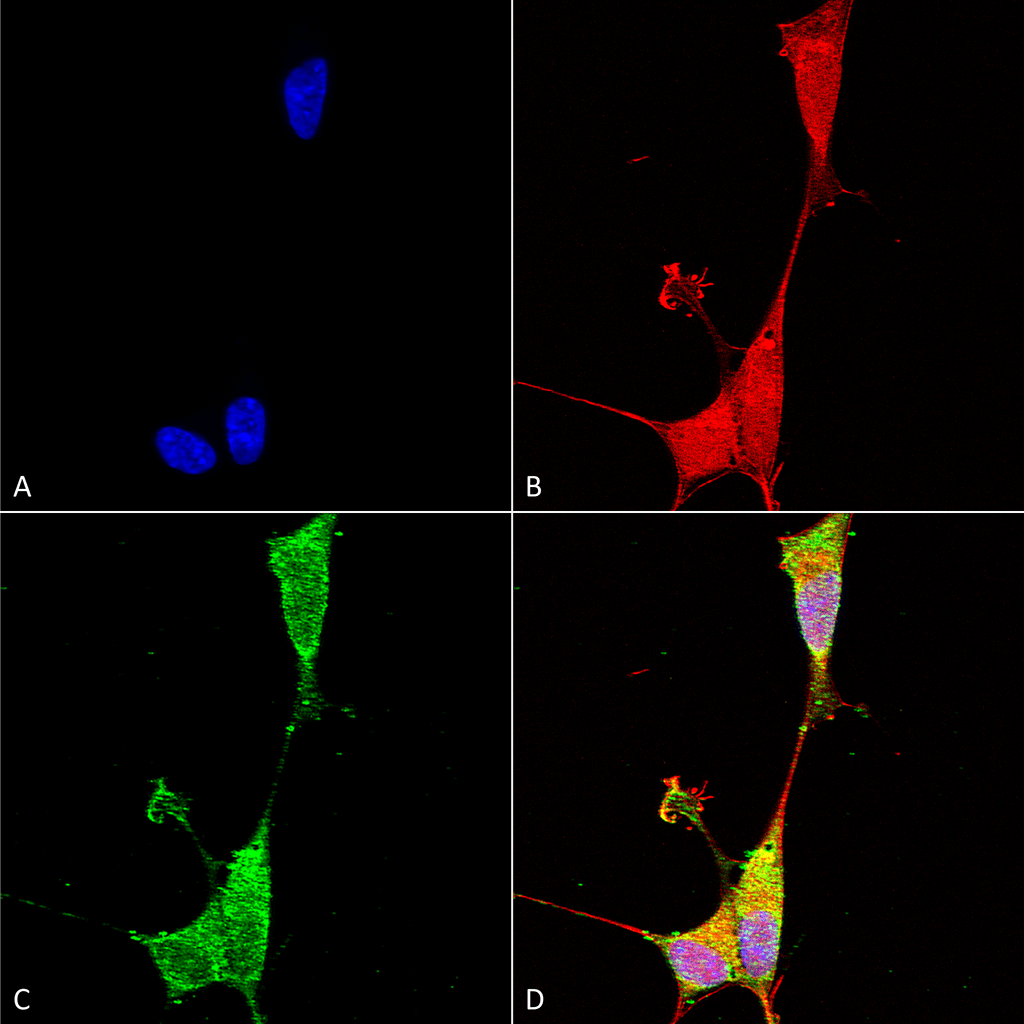
Immunocytochemistry/Immunofluorescence analysis using Mouse Anti-Brevican Monoclonal Antibody, Clone N294A/6 (SMC-428). Tissue: Neuroblastoma cells (SH-SY5Y). Species: Human. Fixation: 4% PFA for 15 min. Primary Antibody: Mouse Anti-Brevican Monoclonal Antibody (SMC-428) at 1:100 for overnight at 4°C with slow rocking. Secondary Antibody: AlexaFluor 488 at 1:1000 for 1 hour at RT. Counterstain: Phalloidin-iFluor 647 (red) F-Actin stain; Hoechst (blue) nuclear stain at 1:800, 1.6mM for 20 min at RT. (A) Hoechst (blue) nuclear stain. (B) Phalloidin-iFluor 647 (red) F-Actin stain. (C) Brevican Antibody (D) Composite.
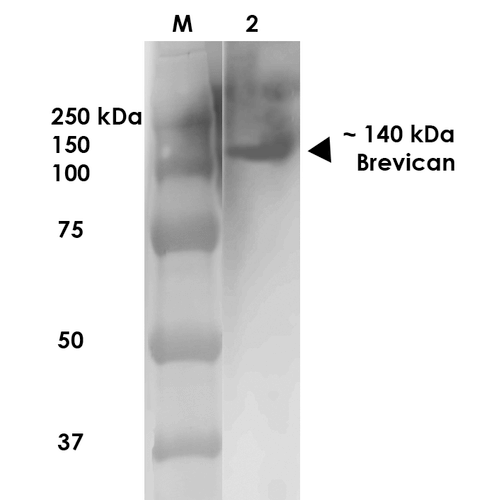
Western Blot analysis of Rat Brain Membrane showing detection of ~140 kDa Brevican protein using Mouse Anti-Brevican Monoclonal Antibody, Clone N294A/6 (SMC-428). Lane 1: MW Ladder. Lane 2: Rat Brain Membrane (10 µg). . Load: 10 µg. Block: 5% milk. Primary Antibody: Mouse Anti-Brevican Monoclonal Antibody (SMC-428) at 1:1000 for 1 hour at RT. Secondary Antibody: Goat Anti-Mouse IgG: HRP at 1:200 for 1 hour at RT. Color Development: TMB solution for 10 min at RT. Predicted/Observed Size: ~140 kDa.
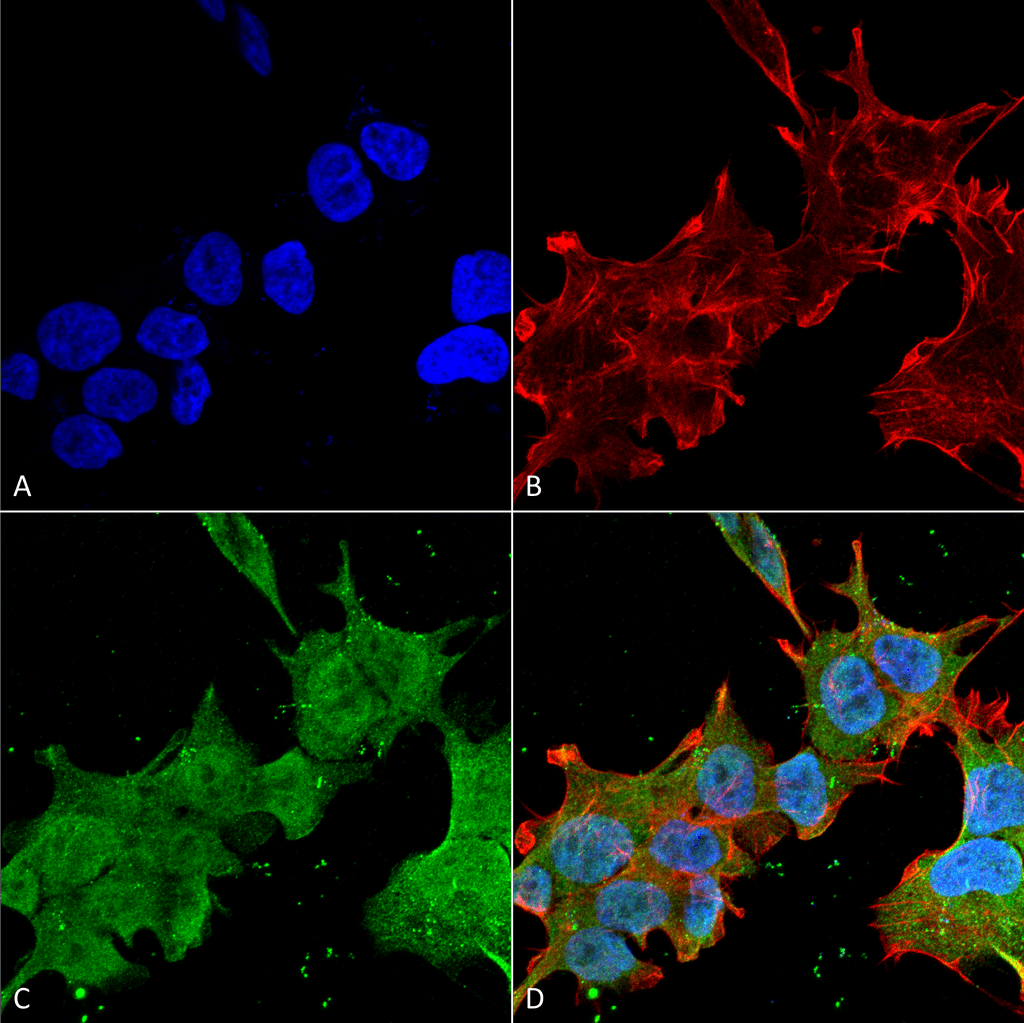
Immunocytochemistry/Immunofluorescence analysis using Mouse Anti-Brevican Monoclonal Antibody, Clone N294A/6 (SMC-428). Tissue: Neuroblastoma cell line (SK-N-BE). Species: Human. Fixation: 4% Formaldehyde for 15 min at RT. Primary Antibody: Mouse Anti-Brevican Monoclonal Antibody (SMC-428) at 1:100 for 60 min at RT. Secondary Antibody: Goat Anti-Mouse ATTO 488 at 1:100 for 60 min at RT. Counterstain: Phalloidin Texas Red F-Actin stain; DAPI (blue) nuclear stain at 1:1000, 1:5000 for 60min RT, 5min RT. Localization: Cell Membrane, Nucleus. Magnification: 60X. (A) DAPI (blue) nuclear stain. (B) Phalloidin Texas Red F-Actin stain. (C) Brevican Antibody. (D) Composite.

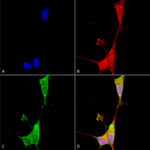
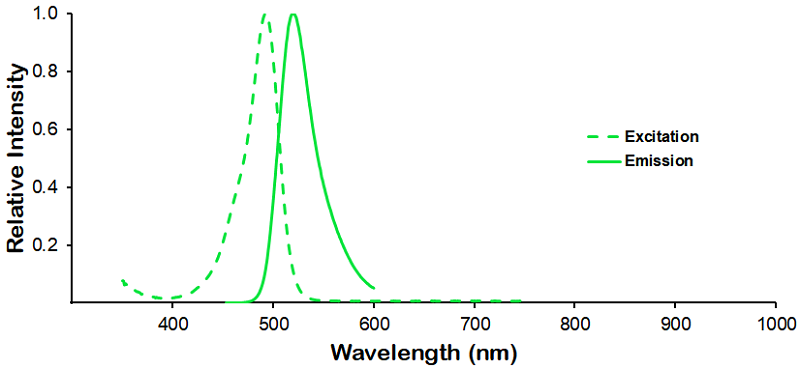
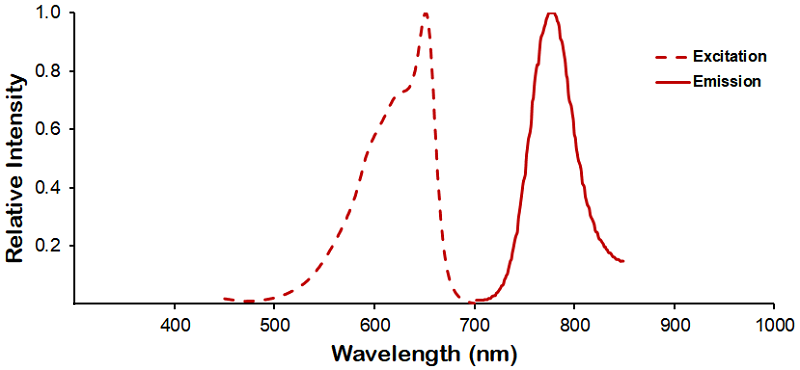
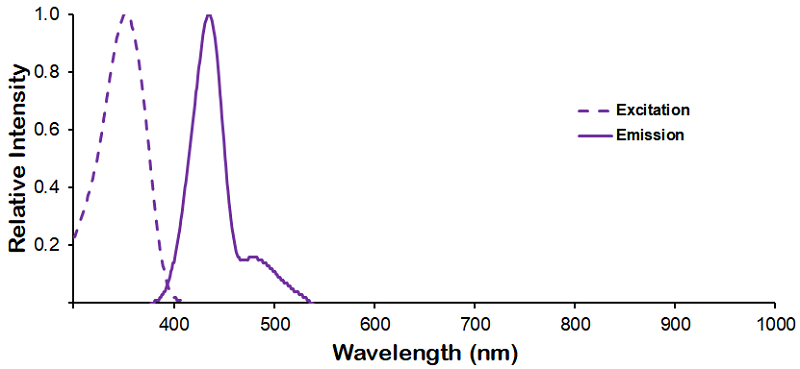
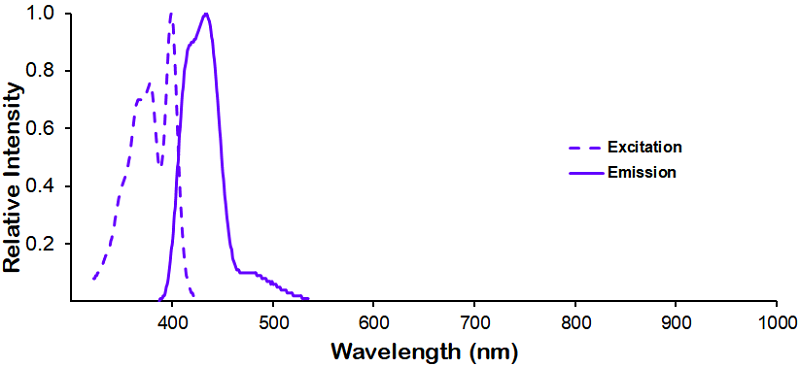
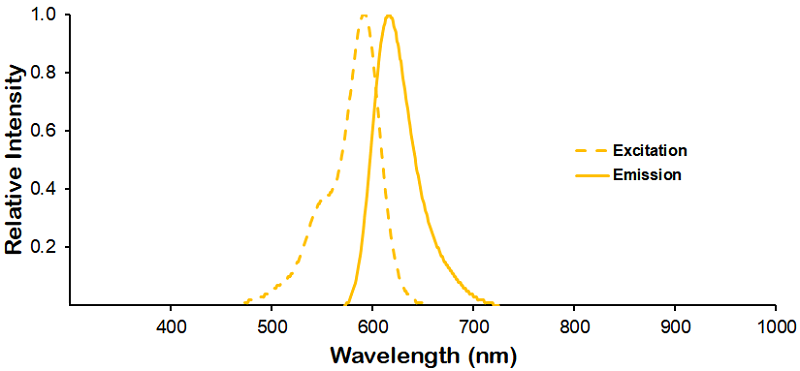
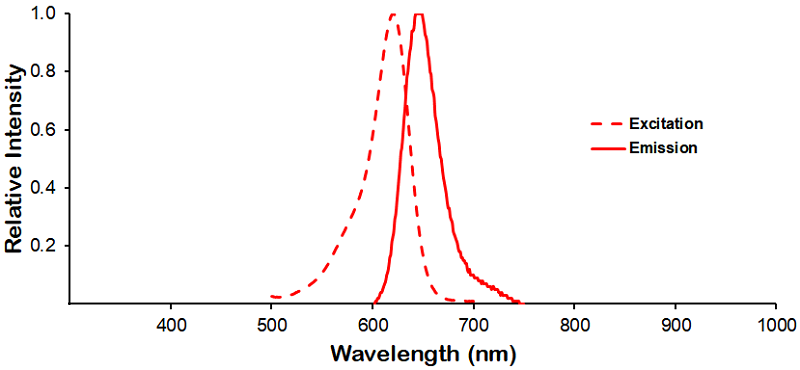
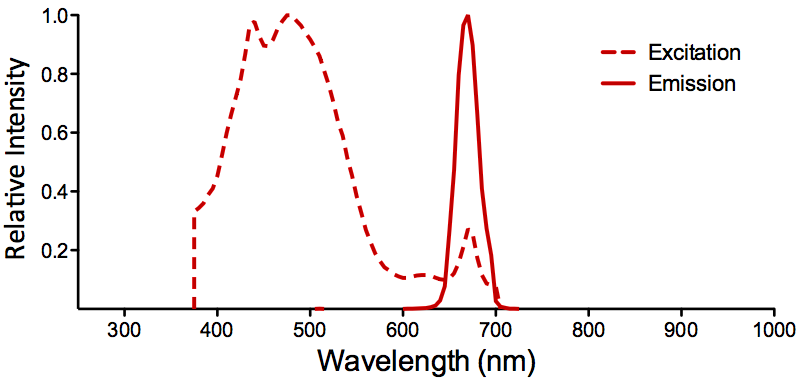
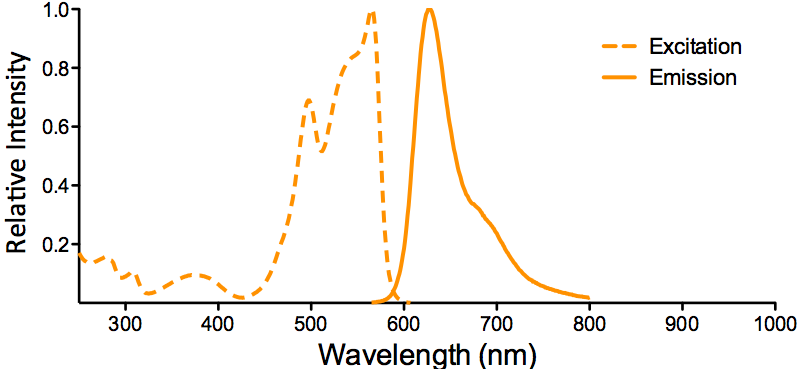
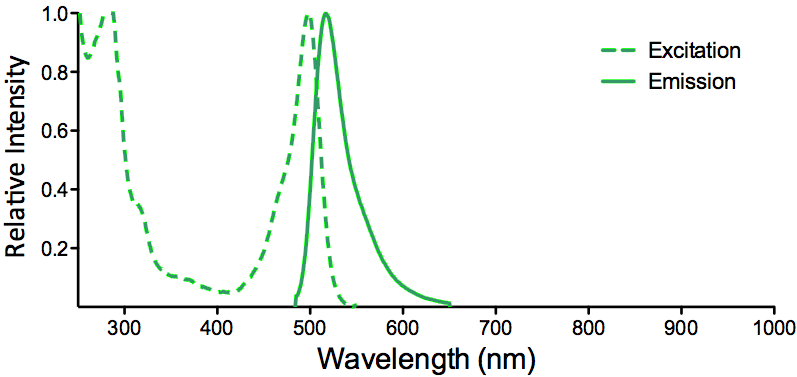
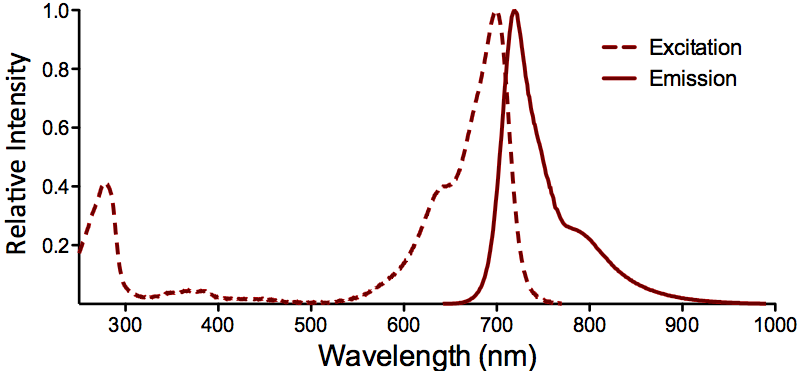
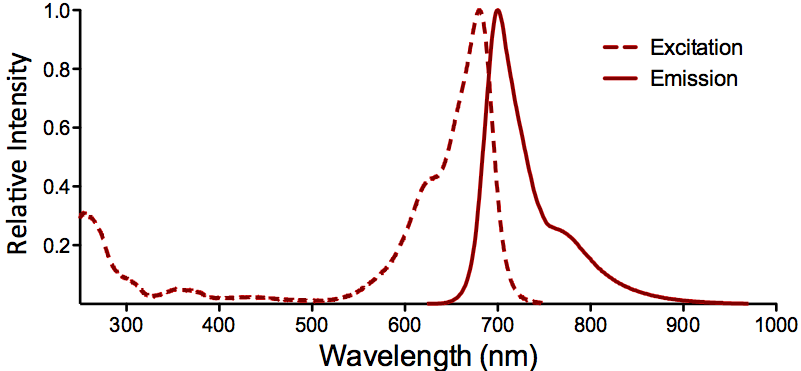
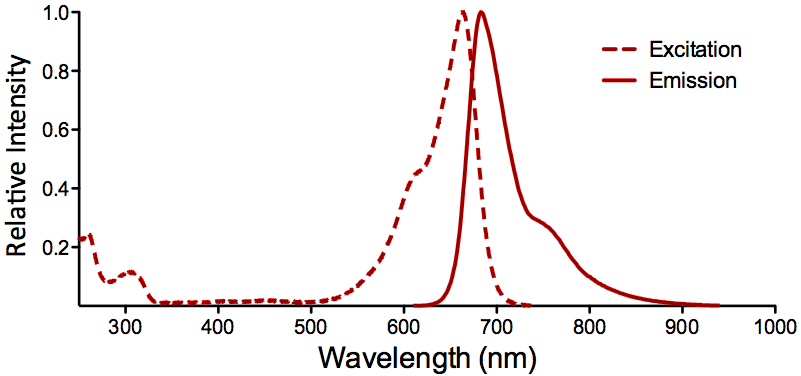
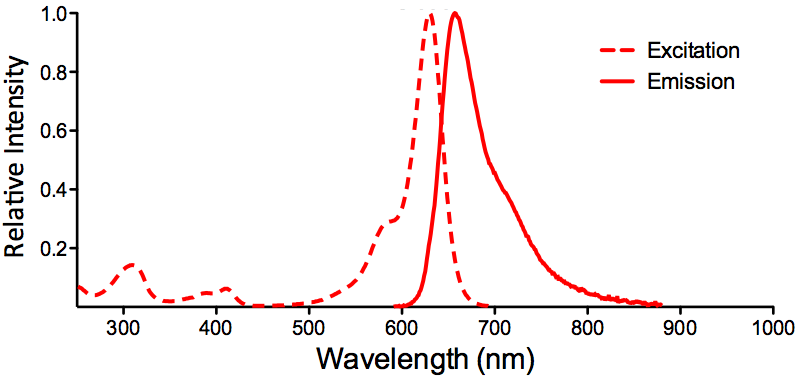
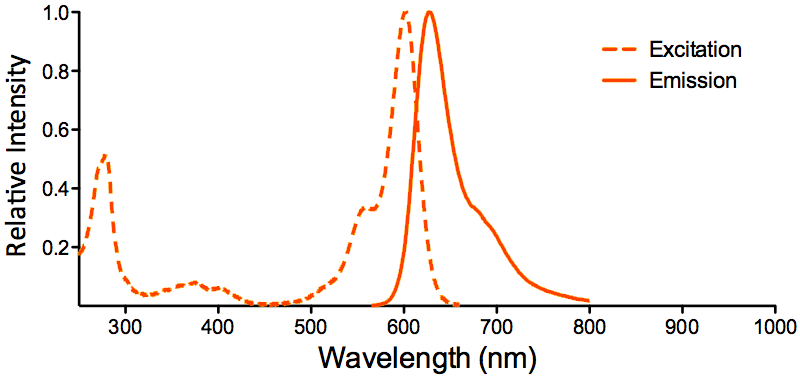
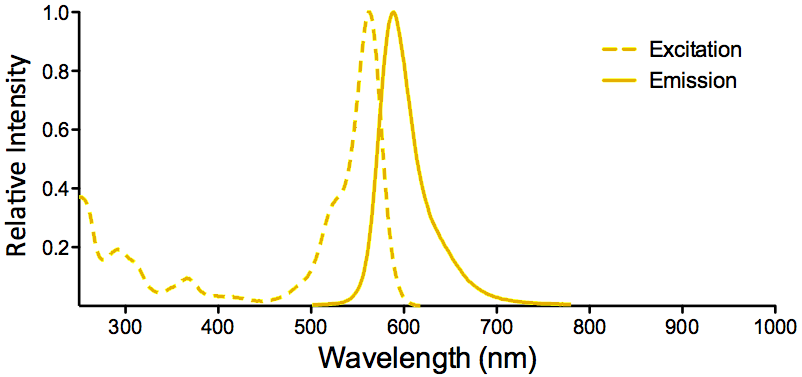
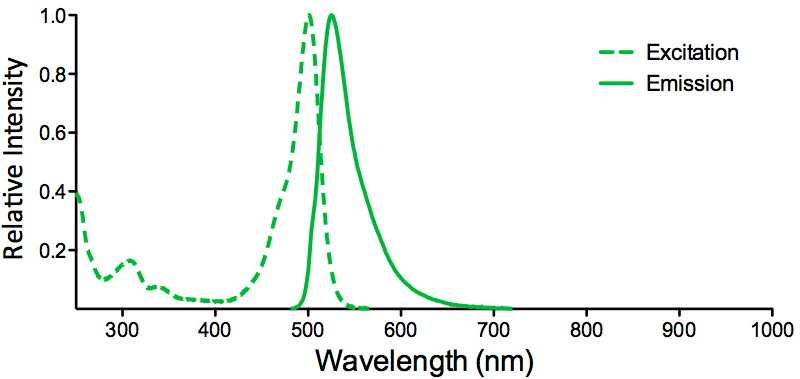
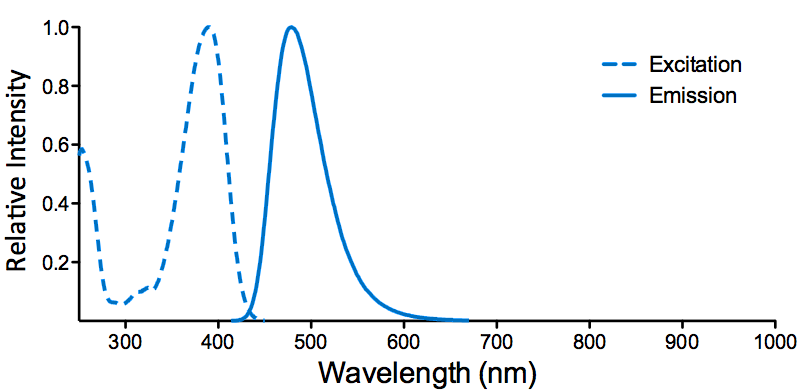
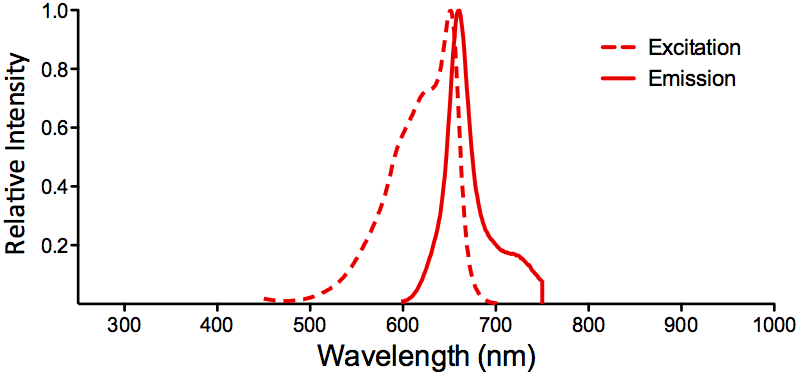
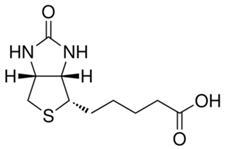
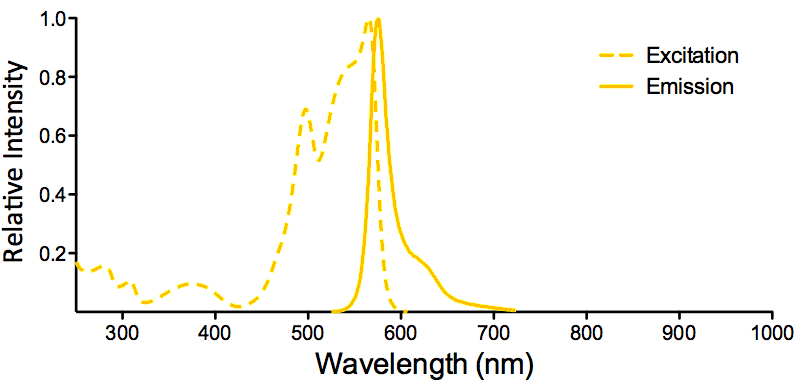
Reviews
There are no reviews yet.